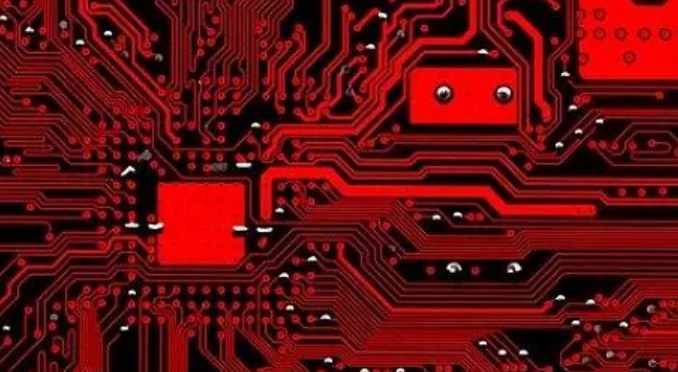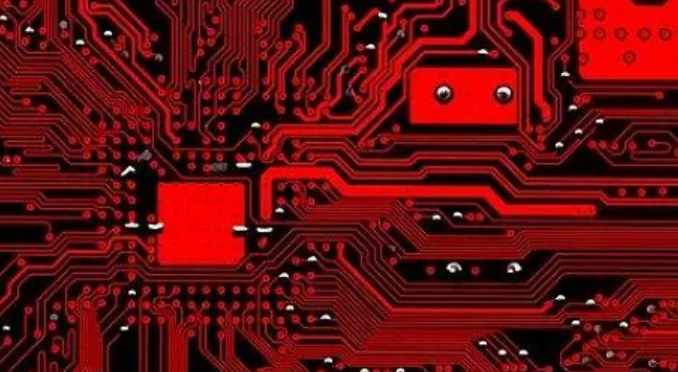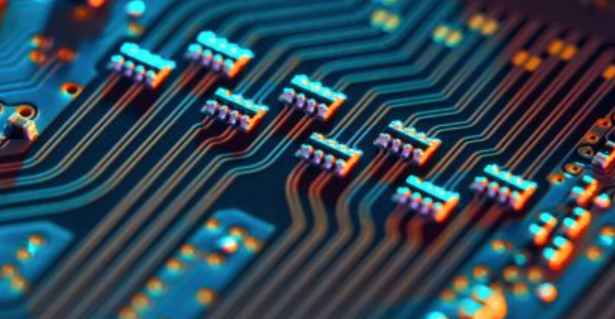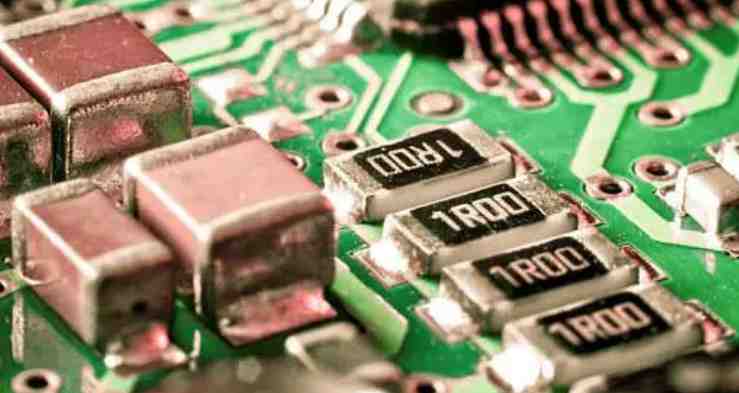
transducer, English name transducer, is a kind of detection device, can feel the measured information, and can feel the information, according to a certain law into electrical signals or other needed form of information output, in order to meet the transmission of information, processing, storage, display, record and control requirements.
In terms of manufacturing process:
Integrated sensors are manufactured using standard technology for producing silicon-based semiconductor integrated circuits. Also on the same chip are often parts of the circuit used for initial processing of the signal under test, such as MEMS sensors, which are now being vigorously developed.
Thick film sensor is made by using a paste of the corresponding material, coated on a ceramic substrate, which is usually made of Al2O3, and then subjected to heat treatment to make the thick film shape.
Thin film sensor is formed by depositing a thin film of the corresponding sensitive material on the dielectric substrate (substrate). Using the hybrid process, part of the circuit can also be manufactured on this substrate.
Ceramic sensor adopts standard ceramic process or some variant process (sol, gel, etc.) production. After the appropriate preparatory operation is completed, the formed element is sintered at high temperatures.
There are many common characteristics between thick film and ceramic sensor technology. In some respects, thick film technology can be considered as a variant of ceramic technology.
Select the sensor from the sensitivity, frequency response, linear range, stability and accuracy of these aspects to consider, which stability and the quality of the base plate has a great relationship, the first few main to see the manufacturing process, from the stability of the word, then the most suitable for the sensor is the ceramic circuit board. The stability of ceramic material is quite excellent, as long as the manufacturing technology can pass, ceramic circuit board is undoubtedly better than other PCB.
The best manufacturing process for ceramic circuit boards now should be LAM technology, Laser Activation Metallization technology (referred to as LAM technology), the use of high energy laser beam to formalize ceramic and metal ions, so that the two are firmly combined.
But at present, domestic sensor manufacturers are mainly small and medium-sized, there are still many in the use of thin film process, with FR-4 substrate, service life is not long, poor stability, encounter slightly harsh environment, direct strike. It will take a lot of work for sensors to keep up with international standards. Bioneng belongs to Qinji Group, is the leading electronic industry service platform in China, providing online components, sensor procurement, PCB customization, BOM, material selection and other electronic industry supply chain solutions, one-stop to meet the comprehensive needs of small and medium-sized customers in the electronics industry.

Sensors or need ceramic circuit boards, which have been widely used in developed countries, the current technology is not restricted by the development of Chinese sensor circuit boards, the upgrading of the update of sensor circuit boards, we have to look at the major manufacturers, manufacturers of technical innovation, so that our sensor industry can catch up with the world pace.
5. Combination substitution
Combined substitution is the same type of multiple IC internal undamaged PCB circuit part, recombination into a complete IC, to replace the poor function of the IC method. It is very suitable for the case that can not buy the original IC. But the use of IC internal sound PCB circuit must have interface lead foot.
The key of non-direct substitution is to find out the basic electrical parameters, internal equivalent PCB circuit, the function of each pin, the connection relationship between the IC components. Pay attention to the actual operation.
(1) Pin numbering sequence of integrated PCB circuit, do not connect wrong;
(2) In order to adapt to the characteristics of the replaced IC, the components of the peripheral PCB circuit connected with it should be changed accordingly;
(3) The power supply voltage should be consistent with the power C after replacement. If the power supply voltage in the original PCB circuit is high, the voltage should be reduced; Low voltage, depending on the replacement IC can work;
(4) after replacement, the static working current of IC should be measured. If the current is much higher than the normal value, it indicates that the PCB circuit may generate self-excitation. At this time, decoupling and adjustment must be carried out. If the gain is different from the original, the feedback resistance value can be adjusted;
(5) The input and output impedance of the IC after replacement should match the original PCB circuit; Check its driving ability;
(6) Make full use of the foot holes and leads on the original PCB circuit board when changing, the external leads are required to be neat, avoid cross before and after, in order to check and prevent PCB circuit self-excitation, especially to prevent high frequency self-excitation;
(7) Before power-up in the power supply Vcc loop, it is best to connect the continuous current ammeter in series, step-down resistance resistance value from large to small observation of the integrated PCB circuit total current change is normal.
6. Replace IC chips with discrete components
Sometimes a discrete component can be used to replace a damaged part of an IC to restore its function. Before replacement, we should understand the internal functional principle of the IC, the normal voltage of each outlet foot, the waveform diagram and the working principle of PCB circuit composed of peripheral components. Consideration should also be given to:
(1) Whether the signal can be taken out of the engineering C and connected to the input end of the peripheral PCB circuit:
(2) Whether the signal processed by the peripheral PCB circuit can be connected to the next level inside the integrated PCB circuit for reprocessing (signal matching during connection should not affect its main parameters and performance). If the IC is damaged, from the typical application of PCB circuit and internal PCB circuit, by sound amplifier, frequency discrimination and jin frequency amplification stage, signal input method can be used to find the damaged part, if the audio amplification part is damaged, it can be replaced by discrete components.









